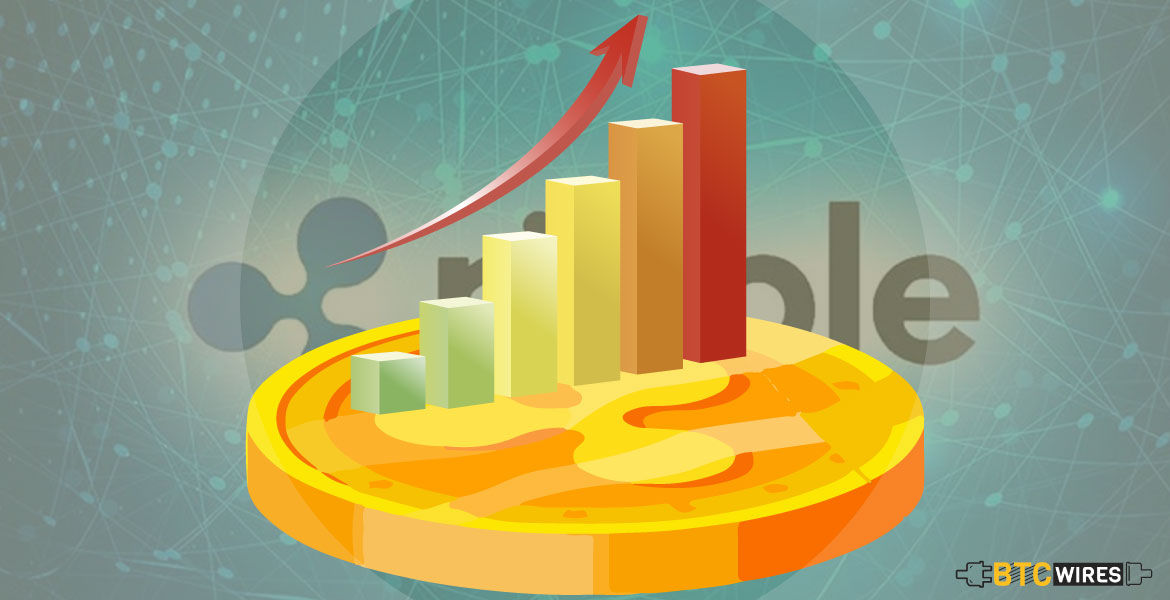The past year has not been a happy one for

The past year has not been a happy one for crypto prices and that’s hardly a secret.
However, even in the midst of that topsy turvy world, if there is one cryptocurrency that hasn’t done too badly for itself, it would be Ripple (XRP).
This is the year when Ripple seemed to come on its own. It pushed Ethereum off its second spot to become the second-largest cryptocurrency of the market, in terms of market cap.
Since price is a part and parcel of what the market cap is and how it functions, it would be interesting to find out what really determines the price of Ripple and what factors led it to an enviable run this year.
You May Also Read: A Beginner’s Guide to Bitcoin Gold
Does Ripple Work Like Other Cryptocurrencies?
First off, it becomes essential to clarify that Ripple does not really function like most other cryptocurrencies.
A typical example of cryptocurrency is of course, Bitcoin. For Bitcoin and similar coins, mining is a crucial aspect of supply. As we explained in our article, How Is The Price of Litecoin Determined?, mining on one hand determines the supply side of the demand-supply graph that ultimately decides the price, and on the other hand, it influences price based on the mining difficulty miners are faced with.
Now, Ripple does not involve any mining at all. Instead, its supply is fixed at 100 billion, which was created by the Ripple developers’ team right at the outset.
Its current circulating supply is 40.79 billion. Given that Ripple is hardly decentralized like cryptocurrencies are supposed to be, it is quite different from other crypto coins and tokens in the market, relying on its underlying technology for support.
Then What Are The Factors Determining Ripple’s Price?
Let’s quickly have a look at the various factors that seem to be affecting Ripple’s price.
1. Technology at The Core
The adoption of any cryptocurrency naturally is a major driver of its price point.
Given that Ripple is a widely successful payment protocol system giving utility to banking institutions definitely helps its case. Its protocol significantly helps with cross-border payments.
To top this off, Ripple has also made some extremely coveted partnerships with big names in the business which deserves a separate category of its own.
2. Notable Partnerships
This point flows from the previous one. This is because Ripple’s strong technological core makes it a viable partner for giants such as American Express or JP Morgan.
Teaming up with companies that come with a legacy and repute of their own definitely serves to boost the price of Ripple.
You May Also Read: 5 Things You Should Know About Blockchain
3. Speculation
Speculation is a key factor that drives the prices of a lot of assets, including cryptocurrencies.
In fact, a clear example of this was seen when the price of Ripple was found to be responsive to trading volumes in Korean exchanges. It was seen that the moment Coinmarketcap removed data from Korean exchanges from its pricing list, there was a slump in the Ripple trade in the West.
Clearly, how Ripple is performing elsewhere and how others are responding to it serves to determine the price of Ripple to a great extent.
Speculation is also in turn, affected by levels of financial regulation, which, being lax in South Korea initially, had encouraged a huge spurt in prices.
To understand how Ripple works even better, we highly recommend you check out our beginner’s guide to Ripple.
Here Are A Few Other Articles For You To Read:

